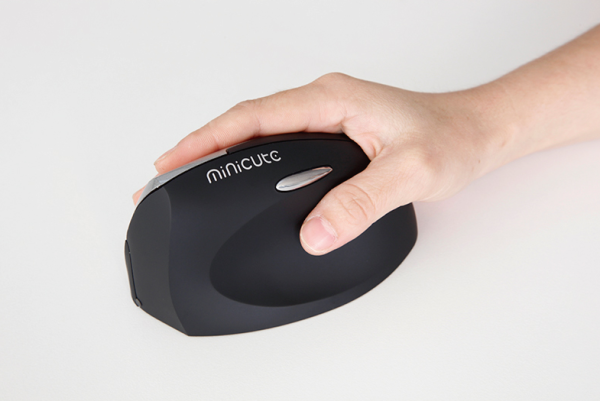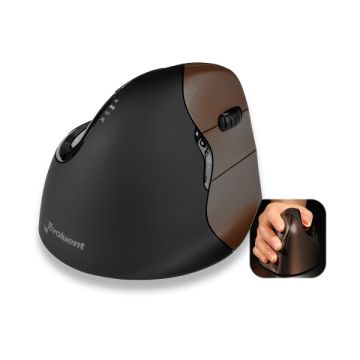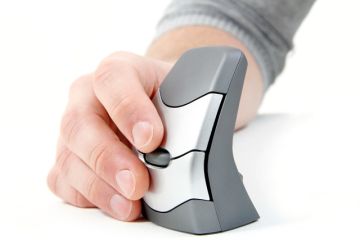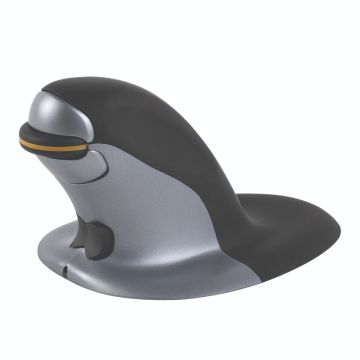EZ Minicute Mouse
![]()
The EZ Minicute Mouse is available as a Wired (Right-Hand only) or Wireless Vertical style of mouse, for left or right-hand users. Eliminate forearm twisting.
Hurry Up! Only 100 products left in stock.
Supports Hand in a Relaxed Handshake Position
The EZ Minicute Mouse is a vertical style of mouse used to eliminate forearm twisting. The placement of the thumb scoop allows the user to achieve a relaxed handshake position grip.
The EZ Minicute Mouse is recommended for use in injury prevention and for people with wrist injuries, to encourage forearm and wrist pronation. The EZ Minicute Mouse assists those who have gripping issues.
Alternative Spellings: vertical mouse, easy mini mouse, ease mouse, minimouse, eazy minicute mouse, ezy mouse, ezi
Suitable for: Right or Left-Hand Users Perfect shape for Medium and Large Hands Mouse Anatomical Position: Inwardly Rotated Arm Position and Straight Wrist 4 Buttons, including Scroll Wheel Dimensions:
Connectivity:
Wireless Frequency: 2.4 GHz Maximum Operation Distance (Wireless): Up to 10 metres Resolution:
USB Plug & Play Connection Compatibility: Windows XP or later; Mac OSX 10.4 or later Colour:
|
Warranty: 1 Year
Recommended for:
- prevention of excessive pronation of the wrist when mousing. This will inturn reduce overuse of the forearm extensor muscles. Overuse of the forearm extensor muscles can cause lateral epicondylagia.








